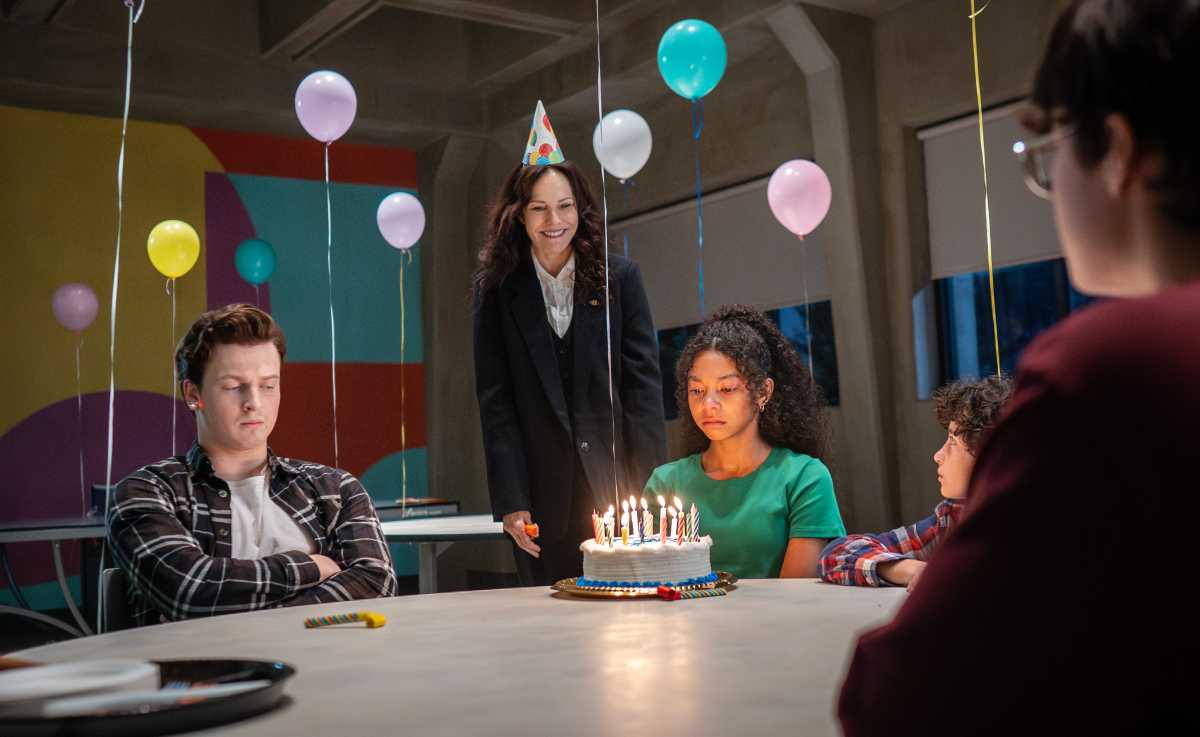
Doctors told Sara Gonzalez the only way to stop her daughter’s paralyzing seizures was to remove half of her brain. But before opting for a surgery that could completely strip her 7-year-old of independence, the Queens resident turned to “the crowd” for a second opinion.
“The crowd” is what Dr. Lisa Sanders calls the readers of her New York Times Magazine series “Diagnosis.” The column turns to the public for help solving health issues that have medical professionals stumped, and it’s recently been turned into a docuseries on Netflix.
The second episode of “Diagnosis,” titled “Second Opinions,” takes viewers into the life of Gonzalez’s daughter Sadie.
“She was an unstoppable force of nature,” Sanders says of the resilient child whose deteriorating health has kept her from school and friends. She suffers from a rare brain disease that causes her to have multiple seizures per day.
Her story was first featured in the Times’ Oct. 11, 2018, column.
“Sadie’s seizures don’t respond to medications at all,” Gonzalez explains in the episode. After a year of watching her daughter suffer seemingly unpredictable seizures targeting her mouth and legs, the determined mother reveals Sadie’s doctors have landed on a diagnosis of Rasmussen’s Encephalitis. An inflammatory neurological disease that’s both chronic and quite rare, RE is characterized by, among other traits, seizures, loss of motor skills and speech, and eventual partial paralysis.
The only cure in sight: The removal of the impacted portion of Sadie’s brain.
Sanders — who serves as a consultant of sorts for patients impacted by such medical mysteries — helps Sara sort through thousands of video tips sent in by Times readers, doctors and medical students from around the globe suggesting Sadie may not have Rasmussen’s after all.
We caught up with Sanders to discuss how her column helped change Sadie’s life.

What initially intrigued you about Sadie’s condition when selecting her case for your column?
I heard about Sadie’s case from my nephew — they are friends with Sadie’s family. And it just sounded so heartbreaking. To have a great kid — normal, healthy, incredibly social and outgoing — suddenly transformed and in this extraordinary way. She and her parents are such vibrant personalities. I was fascinated by their remarkable story and felt others would be moved to want to help. I certainly was.
How did you see this condition impacting her life?
I visited with Sadie one afternoon when they were going to visit Sadie’s grandmother. She’s a really charismatic kid and puts on such a brave face. When I saw her she was having seizures in her mouth and leg. She stopped when the seizures made her but then, as soon as she was able, kept going. I knew she was frustrated — how could she not be? But she was determined to have fun and enjoy the visit with her grandmother and cousins no matter what.
How did the crowd help change her life?

The crowd gave her mother options. And that’s really what it’s supposed to do.
After hearing from “the crowd,” Sara opted to have a device implanted in Sadie’s brain to help limit her seizures. How is she doing now?
Last I heard, she was doing well with the implanted device. But I’ve been out of touch for the past few months.
Your column reflects the rise of internet diagnosis. How are you seeing this change the medical field?
It really allows doctors to provide evidence-based care to our patients in a way that the pre-internet, very limited access to immediate information could never do. There is so much excellent information at our fingertips, it makes it much easier to provide the kind of excellent care we aspire to.

And it’s given patients access to information too, and that’s been hugely helpful. There is excellent information out there. There is also not excellent information and outright bad information, too. And sometimes it can be hard to tell them apart … the only way to know that information is of high quality is to get it from a high-quality source. I suggest to my patients that they rely on information that comes from the NIH [National Institutes of Health] or other government sources. That’s information that is accurate and useful.
What kind of issues does “Diagnosis” expose in terms of health care accessibility?
We didn’t design the show as a critique of U.S. health care. But in the course of following these patients in their search for a diagnosis, we could see, sometimes, where issues in the system became problems for the patient.
For example, Sadie couldn’t go see the top specialist in Rasmussen’s Encephalitis at John’s Hopkins because her insurance wouldn’t cover it. So, that’s not only the actual visit but any of the tests he might want to order or procedures he might have wanted to do. So, she didn’t get to see him. Was that a problem? I don’t know, but it might have been nice to know what the leading expert in a rare disease, the expert who has seen the most patients with this disorder, might have said, thought and done.
ON TV: “Diagnosis” is currently streaming on Netflix.
Read more: Lower East Side Exhibit Celebrates Graffiti History




































